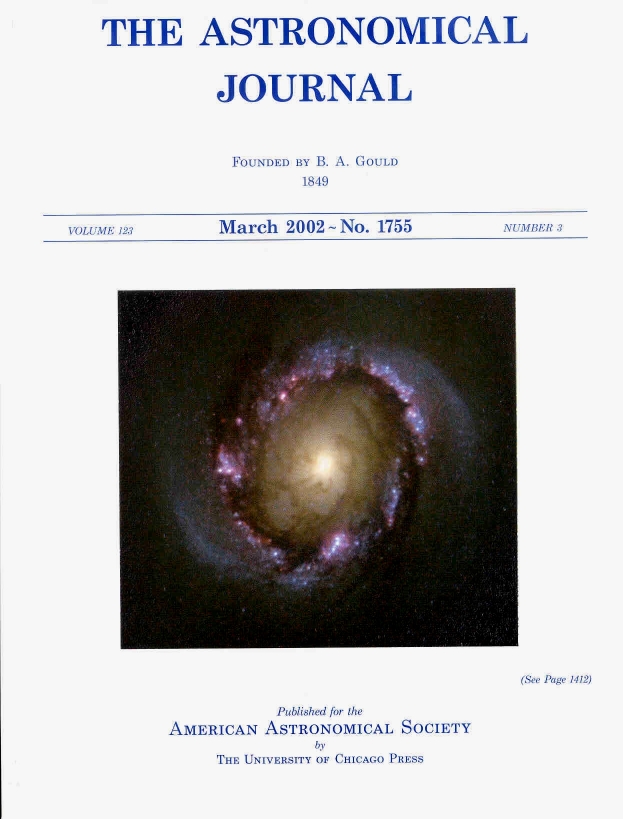

The major components of this galaxy are nuclear bulge and primary bar, nuclear ring (V-I color index map), nuclear bar and, an as yet uncharacterized disk. Here is an unsharp masked picture of the galaxy. Note the structure in the nucleus and bar. Why unsharp masking?
Details of the star formation processes within galaxies are not well understood. NGC 4314 provides a laboratory within which to identify and study star formation mechanisms. Its nuclear ring is an Inner Lindblad Resonance (ILR), and is likely composed of an inner and outer ILR, as evidenced by our CO interferometry of the nucleus (CO intensity map) and the nuclear morphology. Of particular interest is the longitudinal color gradient of the ring, especially stars associated with the outer ILR. This gradient could be due to either an intrinsic age variation around the ring, or due to contributions from the bulge and disk, or due to variable extinction from dust. Our CO observations seem to rule out reddening from dust.
Accurate intrinsic colors could allow identification of which family of orbits the outer ILR belongs and provide useful constraints for theories of resonance-driven star formation. As simple as is NGC 4314 (SBa), to permit an accurate separation of new stars from old requires photometric decomposition.
The disk component is the key to decomposition and is the major goal of some proposed observations to be carried out at McDonald Observatory, using a Prime Focus CCD Camera with a 45 arcmin field. Once we have disk parameters, we can model the bulge. Once we have the bulge parameters, we can model the primary stellar bar and subtract bulge, bar, and disk contributions to obtain precise colors at the locations of new star formation.
Eventually I hope to have gifs in bandpasses ranging from 400nm to 2 mm stuck in here .